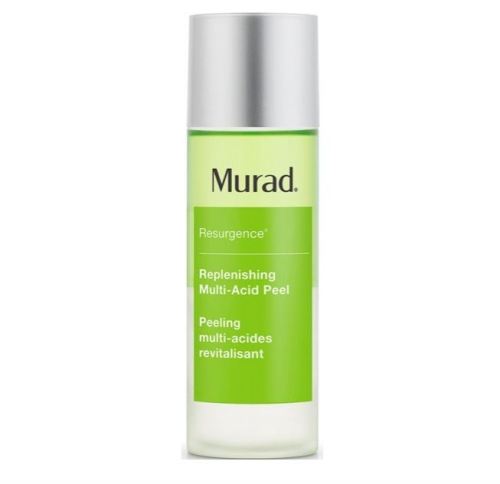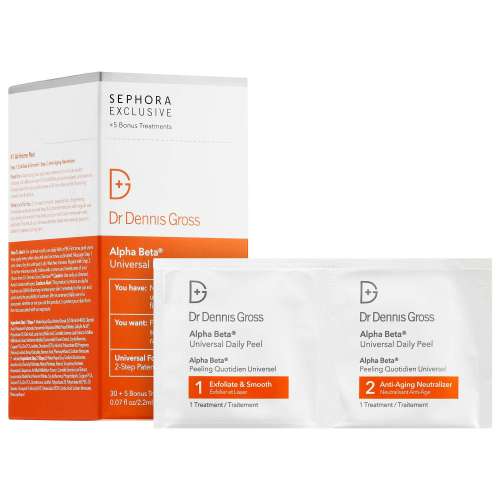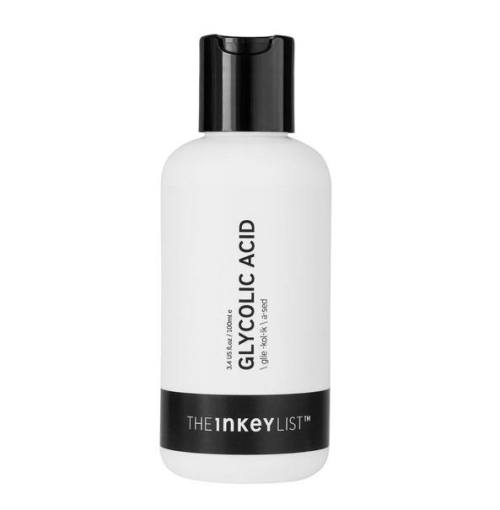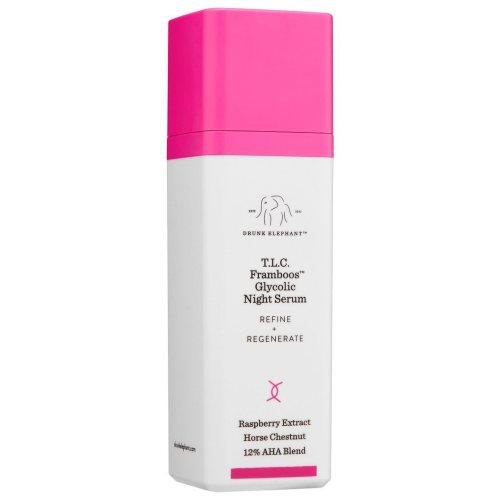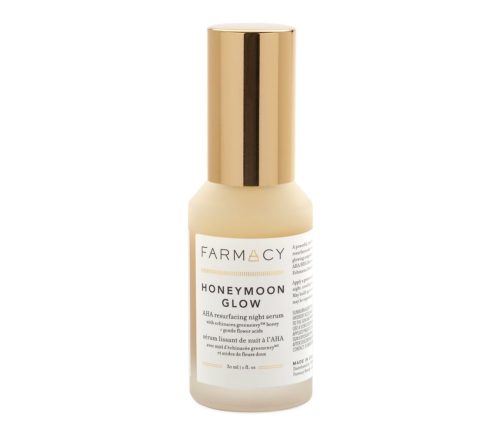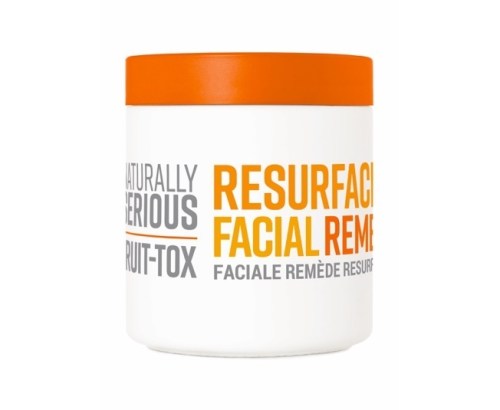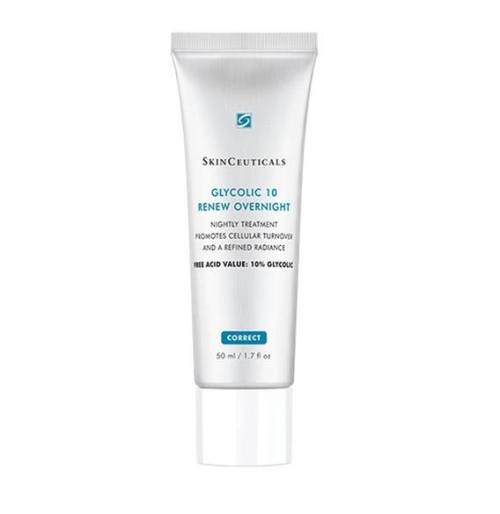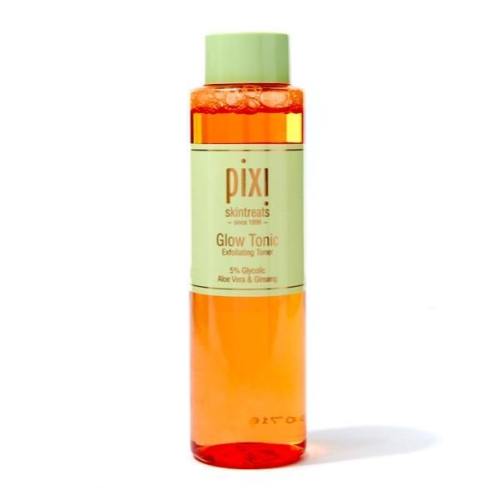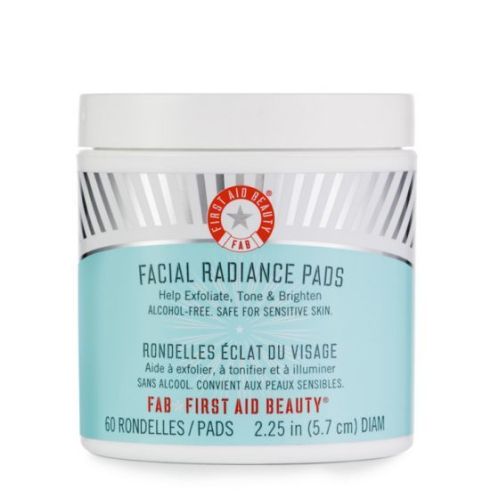Why Dermatologists Continually Praise This OG Skin-Care Acid for *All* Skin Types
After running it by some big-named dermatologists, I learned that my preference is for good reason: Glycolic acid is an OG derm-fave ingredient and cosmeceutical. Cosmeceuticals tap medically-back ingredients so that includes MVP actives like retinol and peptides, for example. Glycolic acid is special because it was actually the first acid used heavily on the skin. "It was really the first AHA (alpha hydroxy acid) to be discovered and used in skin care," Dennis Gross, MD, dermatologist and founder of Dr. Dennis Gross Skincare tells me. "It was used in high doses as an ingredient in chemical peels in a doctor’s office, and then there were lower concentrations for at home use."
It's truly to our benefit that it became an at-home beauty ingredient—because, originally, it was only used in a clinical setting. "There was once a time where glycolic acid was not being used in skin-care products," says Howard Murad, MD, FAAD, dermatologist and founder of Murad skin care. "People were afraid of it and couldn’t fathom putting an 'acid' on their face. AHAs were only being used for chemical peels via a dermatologist. But when AHAs are tempered with other soothing ingredients, it does wonders for the skin." And so once chemists learned how to formulate the acids in the proper concentration and pH level, it "initiated an entirely new way of caring for the skin," he says.
{{post.sponsorText}}
BTW, the exfoliating acid is a naturally occurring one. "AHAs themselves are naturally occurring substances found in various fruits, sugar cane, and sour milk," says Dr. Murad. "Glycolic acid is the AHA found in sugar cane. As the main benefit of AHAs is their ability to exfoliate to repair dry, aging, and sun-damaged skin, glycolic specifically works by loosening the bonds that hold together the top layers of dead skin cells."
Also, Dr. Gross notes that glycolic acid is a special sort of AHA because it has "the smallest molecular structure of the group," he says. "It's used to improve the skin’s appearance and texture through exfoliation, while also reducing fine lines, hyperpigmentation, dark spots, and uneven skin tone." Because of its exfoliating abilities, the rest of your skin-care regimen will work better, too. "By removing the excess build-up on the surface of the skin, AHAs allow newer, softer, healthier-looking skin to emerge, and an additional benefit to clearing excess buildup is that moisturizers and treatments can penetrate better," says Dr. Murad.
The best part? Every single person can experience the glow-inducing perks of glycolic acid. Dr. Murad says that it's gentle enough to be used on all skin types and tones. "It's especially great though for those who want to target fine lines and wrinkles,' adds Dr. Gross. And you can slather it on the reg (if used wisely). "I recommend using glycolic acid daily, but as I recommend with all acids, use it in moderation," he says. You can also find the glow-inducing cosmeceutical in everything from toners, face masks, and serums—use wisely, and you'll have your best skin ever. Trust me.
Shop glycolic acid
For the rest of your regimen, add in a hyaluronic acid serum to keep things extra moisturized. And, of course, a retinol to increase skin cell turnover and therefore your radiance.
Loading More Posts...
